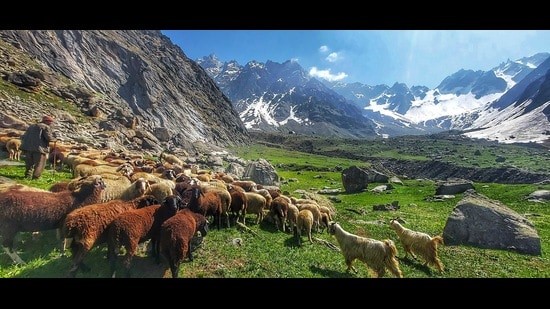Free Courses Sale ends Soon, Get It Now


Free Courses Sale ends Soon, Get It Now



Disclaimer: Copyright infringement not intended.
Context
Other Details
Peste Des Petits Ruminants
Symptoms
Host animal
Transmission
Impact on health
Inactivation of virus
Treatment
Current Situation in Lahaul and Spiti
|
PRACTICE QUESTION Consider the following statements about Peste des petits ruminants: 1. It is caused by a virus named morbillivirus. 2. In India highest cases are reported from Kerala. 3. In comparison to goats, sheep are more susceptible to this virus Which of the statements given above is/are incorrect? A. 1 and 2 only B. 2 and 3 only C. 1 and 3 only D. 1,2 and 3 Answer: (B) |
© 2024 iasgyan. All right reserved